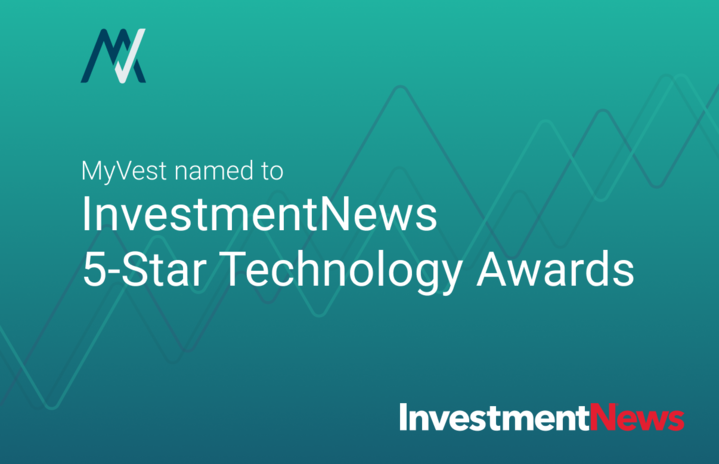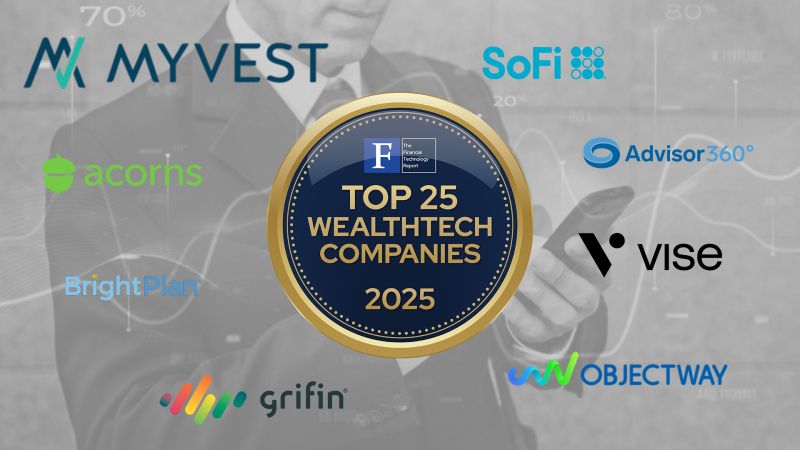This blog recaps a recent podcast published on Financial Planning | Hosted by reporter Justin Mack | June 8, 2022
The rise of direct indexing has been a highly discussed topic in the wealth management space over the last couple of years. Many firms have publicly announced intentions to bolster or launch their own offerings to appeal to a broader investor base.
Our CEO, Anton Honikman, recently sat down with Financial Planning’s Justin Mack, reporter and producer/host of the publication’s podcast, to discuss the evolution of direct indexing and what the future may hold.
The conversation was wide-ranging, and we encourage you to listen to the full episode on their website or on the many podcast apps like Apple or Spotify. Here is a sampling of the key issues discussed.
“The advisor becomes more of a partner in the personal circumstances of their client. Direct indexing is a step in that evolution.”
How direct indexing needs to evolve to become accessible to more investors
Direct Indexing is evolving to serve the demand for more personalization. It’s shifting from harnessing tax alpha for UHNW and HNW clients to the mass affluent and retail categories where a younger audience wants to invest with their values. So what’s driving demand in this segment is really more personalization.
What’s next for direct indexing is less thinking about direct indexes as products and more thinking about them as experiences. It starts with onboarding — capturing preferences and personal circumstances of the investor. In the next evolution of direct indexing, the digital experience will be at the forefront.
Key issues with direct indexing
On a practical level, fractional share support is a key issue that the industry has been working out organically and there’s been plenty of progress there.
The premium cost for direct indexing is an issue to keep an eye on. Despite fees coming down, direct indexing is still competing with a growing number of ETFs that can provide increasingly granular options for investors. And with most ETFs charging less than 10 basis points compared to the 25–40 basis points for a direct index that might extract more tax alpha and be more personalized, is that premium worth it relative to the alternative?
The biggest challenge is around data. There’s a lack of universal standards and an ever-increasing amount of different data vendors and research firms that rate securities and other investment vehicles using their ESG own criteria. So this leads to challenges in how these solutions are constructed, evaluated and consumed by advisors and clients who want personal values reflected in their portfolios.
The relationship between wealth managers and asset managers
As this trend progresses, some wealth managers are going to be faced with a “build vs. buy” decision. The key question to answer will be — “can we build it and deliver it directly to our clients?” Or should firms outsource to an SMA manager, and effectively that becomes another layer of cost in the value stack.
Smaller wealth managers will be more likely to outsource direct indexing construction and management, while it remains to be seen how the larger brokerage firms and banks, who have more resources, will choose to proceed.
The future — How direct indexing will fit into the overall investment product set and advisors’ practice
Direct indexing will continue to grow at an accelerated rate, where Cerulli research shows a 12% annualized growth rate over the next 5 years. But it’s important to keep things in perspective and respect the dominance that mutual funds and ETFs currently enjoy. It’s more likely that direct indexes will play alongside existing products to the benefit of the entire industry.
Direct indexing represents a positive step in the evolution of our industry towards something that is far more client-centric and less product-centric. As the industry continues to move in this direction, the advisor becomes more of a partner in the personal circumstances of their client. Direct indexing is a step in that evolution.




![MyVest Byline: The Evolution of the UMA from 1.0 to 3.0 [Wealth Management]](https://myvest.com/wp-content/uploads/wealth-management-logo.webp)
![MyVest CEO predicts growth in model-delivery direct indexing [FundFire]](https://myvest.com/wp-content/uploads/Fundfire-1.png)
![MyVest CEO talks UMA upgrades and industry trends [FundFire]](https://myvest.com/wp-content/uploads/Fundfire.png)